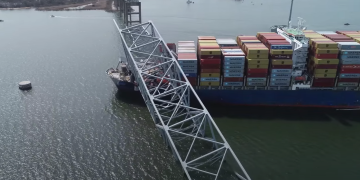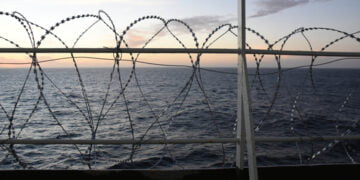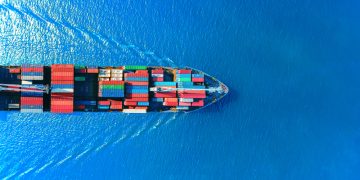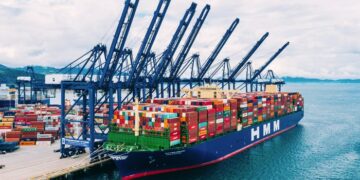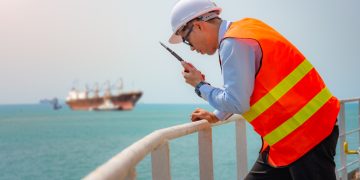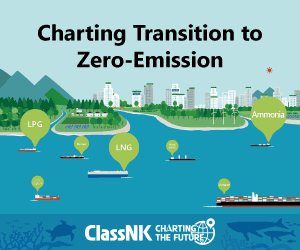US grants $324.6m for World’s First LNG Powered Containerships
The U.S. Maritime Administration (MARAD) announced a $324.6 million loan guarantee for TOTE Shipholdings and Saltchuk Resources for their Marlin Class vessels. The two new Marlin Class vessels, which will be the world's first liquefied natural gas (LNG) powered containerships, will serve the Puerto Rico trade and will be complete in 2015 and 2016. This financing is made available under the Title XI Loan Guarantee Program. TOTE and Saltchuk qualified for this loan as the new ship build is an advancement in shipbuilding technology and being constructed at a U.S. shipyard. The new containerships are being built at General Dynamics NASSCO in San Diego, California. The Marlin Class vessels set new standards for environmental responsibility, reducing a number of air emissions including particulate matter, sulfur oxides and nitrogen oxides. "This financing from the U.S. Department of Transportation and MARAD enables TOTE to invest in modern technology that will create jobs, reduce our impact on the environment, and ensure a safer and healthier workplace for our employees" stated Anthony Chiarello, President and CEO of TOTE. More than 600 skilled workers will be employed by General Dynamics NASSCO for the construction of the two Marlin Class vessels. Both vessels are currently being ...
Read more




